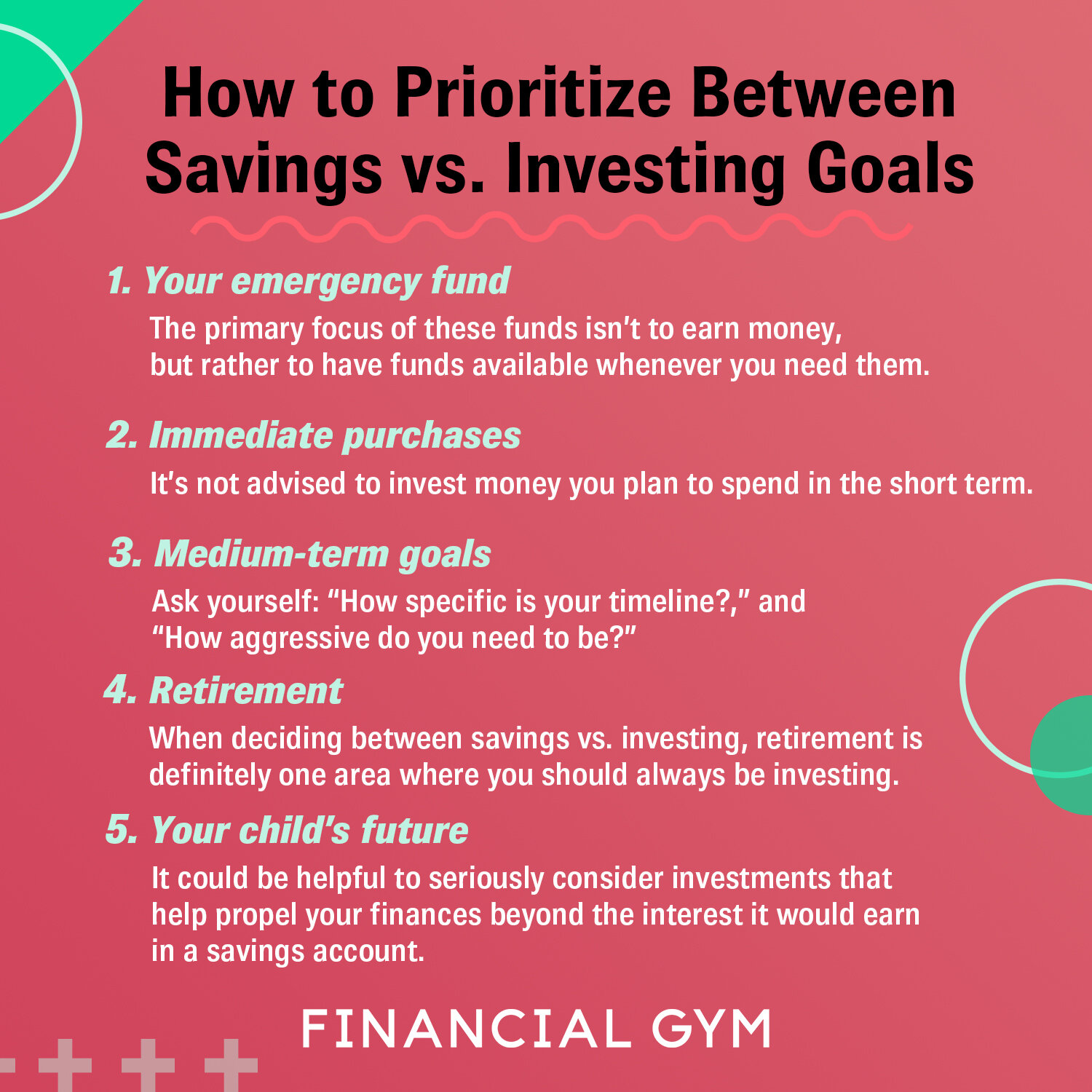
Forex fundamental analysis uses economic data, monetary policies, and brand recognition to determine the currency pair's value. These factors can help investors decide whether to trade. Airlines investors may consider factors such as oil prices and the political situation in their destinations. These factors can impact the shares of airline companies, such as an increase or decrease in political unrest. The price of a ticket can be affected by an increase in oil prices.
Economic data
Economic data and official documents are the two main elements of Forex fundamental analyses. Economic data can impact currency values and is published on an economic calendar. Important and timely information can be found in the economic indicators provided by central banks, government agencies and independent research companies. The primary purpose for economic data releases, is to inform people about the state and condition of the economy. A variety of factors are used to calculate economic indicators, such as gross domestic product and consumer prices. These indicators could have an impact on stock prices and currencies.
In forex fundamental analysis, interest rates are an important aspect. Nominal interest rates are set by central banks. To repay the central banks, private banks borrow currency from them. These rates are also commonly known as base rates. Economic reports can also reveal how central banks impact the value of currencies. Analysers can then predict the value of which currency will rise and fall. It's impossible to predict the economic performance.

Monetary policies
In the world of currencies, monetary policy and forex fundamental analysis are two important facets that influence how a currency will move. Fundamental analysis examines the strength of a country's economy and its relationship to other monetary policy variables. Its purpose is to make predictions about the value of a currency and its potential movements. However, the use of fundamental analysis is not limited to currency trading. Here are some tips that will help you get started.
The release of economic data is the starting point for a forex fundamental analysis. A financial calendar publishes economic reports. These reports contain macro and microeconomic information. These reports are prepared by central banks, government bureaus and independent research agencies. Information about the financial condition of a country is the primary purpose for economic data releases. It is possible to predict the future using a variety of economic indicators. These include the gross internal product, the Consumer Price Index, and Non-farm Payrolls.
Brand recognition
Fundamental analysis is one way to evaluate currencies. Fundamental analysis evaluates the causes behind currency price movements. It includes fundamental characteristics, economic factors, political influences, and other factors. As with any trading system, supply and demand are at the core of price movements. This method is not like traditional stock trading in which supply and demand are the key to price movements. Consequently, it can't detail optimal entry points.
A trader will look at the company's competitive advantage, business model, board of directors, and industry monopoly when assessing a company’s profitability and potential growth. A trader will also take note of the company’s senior management team. This can help drive the business to success. In addition, it is important to pay attention to details, such as how Iran's forex subsidies plan is being implemented.

Political factors
Learning about and trading currency requires that you analyze the political, economic, and social factors that influence a country's currency. Fundamental analysis is sensible and is based upon the principle that price and value are determined by supply and demand. You will be able to predict future prices if you have a better understanding of these factors. Fundamental analysis requires you to consider many factors. You can read on to see how these factors affect currency value.
The perceptions of leadership in a country can have an impact on currency value. Foreign investors will flock when governments are strong and stable. Reflections can have a huge impact on currency valuations. Traders keep an eye on political news to see how they might affect the country's economic health. These could include changes in government spending and new regulations. Traders also need to be aware if their country has any economic policies or the outlook for them.
FAQ
How are Share Prices Set?
Investors are seeking a return of their investment and set the share prices. They want to make a profit from the company. They purchase shares at a specific price. The investor will make more profit if shares go up. If the share price goes down, the investor will lose money.
Investors are motivated to make as much as possible. This is why they invest. It helps them to earn lots of money.
What are the benefits to owning stocks
Stocks have a higher volatility than bonds. The stock market will suffer if a company goes bust.
The share price can rise if a company expands.
To raise capital, companies often issue new shares. This allows investors buy more shares.
Companies use debt finance to borrow money. This gives them cheap credit and allows them grow faster.
When a company has a good product, then people tend to buy it. The stock price rises as the demand for it increases.
As long as the company continues producing products that people love, the stock price should not fall.
What role does the Securities and Exchange Commission play?
SEC regulates securities brokers, investment companies and securities exchanges. It enforces federal securities regulations.
Statistics
- For instance, an individual or entity that owns 100,000 shares of a company with one million outstanding shares would have a 10% ownership stake. (investopedia.com)
- Our focus on Main Street investors reflects the fact that American households own $38 trillion worth of equities, more than 59 percent of the U.S. equity market either directly or indirectly through mutual funds, retirement accounts, and other investments. (sec.gov)
- Individuals with very limited financial experience are either terrified by horror stories of average investors losing 50% of their portfolio value or are beguiled by "hot tips" that bear the promise of huge rewards but seldom pay off. (investopedia.com)
- US resident who opens a new IBKR Pro individual or joint account receives a 0.25% rate reduction on margin loans. (nerdwallet.com)
External Links
How To
How to Trade Stock Markets
Stock trading is the process of buying or selling stocks, bonds and commodities, as well derivatives. Trading is French for traiteur. This means that one buys and sellers. Traders sell and buy securities to make profit. It is one of oldest forms of financial investing.
There are many ways you can invest in the stock exchange. There are three types of investing: active (passive), and hybrid (active). Passive investors do nothing except watch their investments grow while actively traded investors try to pick winning companies and profit from them. Hybrids combine the best of both approaches.
Passive investing is done through index funds that track broad indices like the S&P 500 or Dow Jones Industrial Average, etc. This method is popular as it offers diversification and minimizes risk. All you have to do is relax and let your investments take care of themselves.
Active investing involves picking specific companies and analyzing their performance. Active investors will analyze things like earnings growth rates, return on equity and debt ratios. They also consider cash flow, book, dividend payouts, management teams, share price history, as well as the potential for future growth. They decide whether or not they want to invest in shares of the company. If they believe that the company has a low value, they will invest in shares to increase the price. They will wait for the price of the stock to fall if they believe the company has too much value.
Hybrid investing blends elements of both active and passive investing. You might choose a fund that tracks multiple stocks but also wish to pick several companies. In this instance, you might put part of your portfolio in passively managed funds and part in active managed funds.